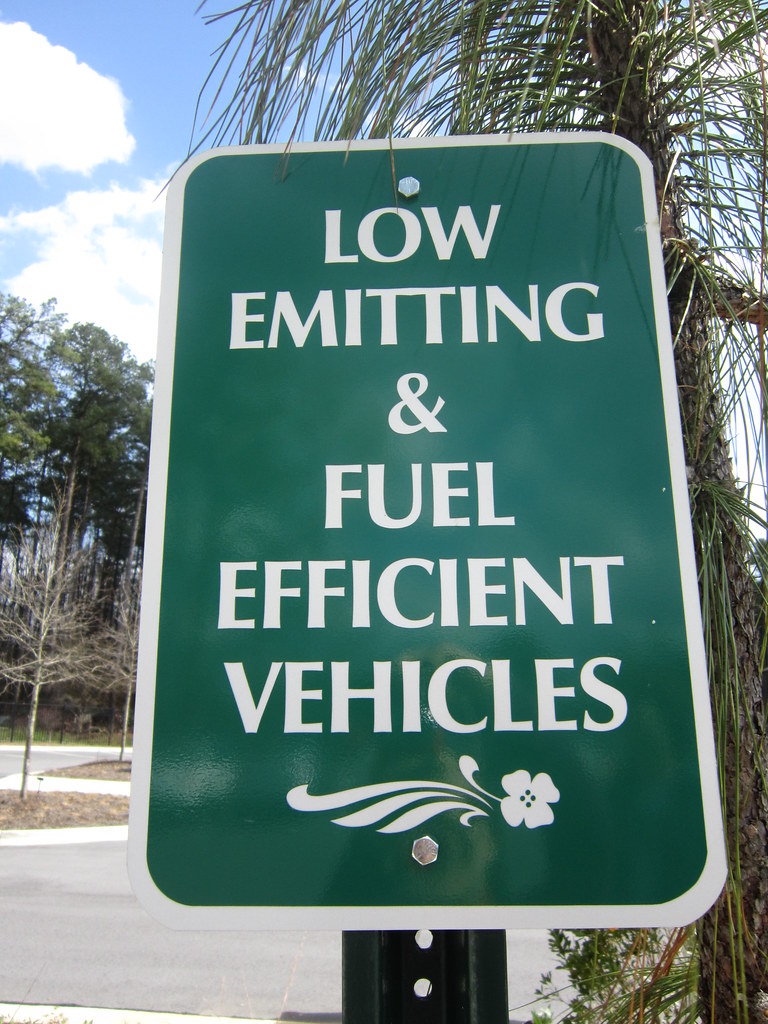Administration of the project
Lubrication and fuel efficiency
Fuel Efficiency
It is essential to enhance the fuel efficiency of all machines to mitigate emissions and reduce energy consumption. Automobiles and machinery rely on lubricants for optimum operation and efficient energy transfer. In all mechanical systems, lubrication plays a major role in preventing the wearing of materials in contact. The design of these materials ensures optimum operation of a machine, but upon wearing out, the efficiency reduces leading to increased consumption of fuel and energy.
A more direct example of lubricants’ influence on fuel efficiency is related to friction. Most of the time, the decrease in friction will correspond to improved fuel efficiency and hence we will discuss the important properties of lubricants that aid the reduction of friction. We also note that the operating state of an industrial machine or an automobile directly influences the efficiency of a lubricant in controlling friction and preventing wear. For instance, a vehicle moving at different speeds will generate different temperatures in bearings (or other couplings) which may influence the efficiency of the lubricants. This implies that particular factors such as thermal stress, oxidation, or contaminations by air, combustion, or water can lead to the degradation of lubricants and affect their ability to reduce friction and wear.
Lubricant properties
Lubricants prevent wear mainly in two ways: 1) physical way, the lubricant film physically separates the moving surfaces to minimize direct contact or 2) chemical way, the lubricant film generates a protective film on the surfaces, that acts as a sacrificial layer in the wear process. The efficiency of these mechanisms is determined by viscosity. If a lubricant has a high viscosity, then according to the Electrohydrodynamic lubrication theory, the lubricant film formed in the contact will be sufficiently thick and thus able to separate the moving surfaces. And thus reducing wear significantly. Wearing can also be prevented by using the generation of chemical films on the surfaces that are designed to act as sacrificial layers. In case if the surfaces come into direct contact, this sacrificial layer is worn out, while the base material is preserved. This is performed by special additives that are called anti-wear additives. Most lubricants have anti-wear additives made of phosphorus and sulfur.
As discussed above, an increase in lubricant viscosity can prevent wear and reduce friction due to the high thickness of lubricant film. On the other hand, in full film elastohydrodynamic and hydrodynamic lubrication regimes friction is determined by the friction of the lubricant layers. But that friction is determined by the viscosity of the lubricant. The higher is the viscosity, the higher is the friction in this case. Additionally, this friction force depends on other factors such as pressure, temperature, and shear strain in the zone of contact. In such conditions, low lubricant viscosity implies that less energy is needed to move the thin film, which leads to high efficiency in fuel. As a result, lubricants must have high viscosity to permit oil film formation for separating surfaces while simultaneously having it not too high to minimize energy consumption [1]. In general, a careful assessment of lubrication conditions must be performed for a given application to enhance fuel efficiency. We recommend the following video for further information regarding hydrodynamic lubrication principles:
The issues related to wear must be prevented using the lubricant to allow a machine to function smoothly without ruining the rubbing surfaces. In this case, physical films prevent wear by separating the moving surfaces while chemical films create anti-wear layers on the surface, but also change the surface properties, namely shear stress, morphology, hardness, and elasticity. Viscosity in this case is not that important, while the chemical composition dominates the behavior of the lubricant.
Applications examples
The need to prevent wear and control friction has made the lubricant industry establish numerous specifications to promote efficiency on machines and machine elements. For example, thorough specifications and testing procedures of lubricants are defined for engine oils and they have a direct impact on fuel efficiency. The engine tests are performed under different conditions that constrain the various components of the engine into two lubrication regimes (elastohydrodynamic and hydrodynamic). The current trend in the industry is the use of low viscosity oils to reduce friction and increase fuel efficiency.
Another important part of a vehicle, transmission, requires the use of lubricants not only to prevent wear but also to supply the system with the hydraulic pressure necessary for it to function. For the specific types of transmission, specialized lubricants must be used. For example, a very special type of lubricant must be used in CVT transmissions [2]. It is important to note that, for this transmission, in order to enable them to operate at optimum conditions, there needs to be high friction between the coupling surfaces; however, the friction must be not too high as high friction will lead to significant energy losses.
References
- [1] H.S. Cheng, Lubrication regimes, in ASM Handbook, ed. by P.J. Blau, S.D. Henry. 18, vol. Friction, Lubrication, and Wear Technology (ASM International, Materials Park, Ohio, 1992), p. 89
- [2] Devlin M.T. (2013) Fuel Economy: Lubricant Factors. In: Wang Q.J., Chung YW. (eds) Encyclopedia of Tribology. Springer, Boston, MA. https://doi.org/10.1007/978-0-387-92897-5_938

Be the first to comment